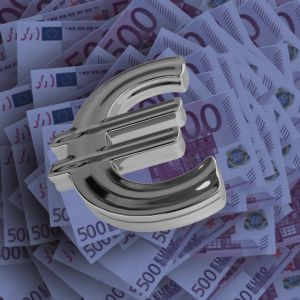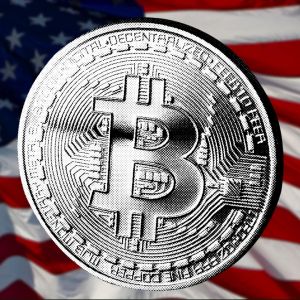Eurozone inflation stayed locked at 2.2% in April, missing the forecast of 2.1%, according to flash figures published Friday by Eurostat. The number didn’t move from where it was in March, even though economists had expected it to dip closer to the European Central Bank’s 2% target. Analysts surveyed by Reuters had predicted a small decline from March’s 2.2% as inflation appeared to slow over recent months. That didn’t happen. Headline inflation stayed flat, showing no sign of easing further this time around. Underneath the headline number, core inflation went up. It rose to 2.7% in April from 2.4% the month before. Core inflation excludes food, energy, tobacco, and alcohol. The rise shows that the broader pressures on prices aren’t done yet. Services inflation also jumped, reaching 3.9%, up from 3.5% in March. Both numbers show that while the overall inflation rate held steady, deeper parts of the economy are still running hot. Across the bloc, national figures also came in. On Wednesday, Germany’s federal statistics office said it expects harmonized consumer prices to rise 2.2% in April. That’s a drop from the month before, but still slightly higher than what was forecast. Meanwhile, France posted a harmonized inflation rate of 0.8%, a bit higher than expected too. These figures are harmonized for consistency across the Eurozone. Speaking last week, European Central Bank President Christine Lagarde told CNBC, “We’re heading towards our [inflation] target in the course of 2025, so that disinflationary process is so much on track that we are nearing completion.” Christine added that the ECB would be “data dependent to the extreme” when making calls on interest rates. She didn’t give a timeline for more cuts but warned that the medium-term path for inflation was uncertain. Christine and other policymakers raised concerns about possible trade retaliation from Europe in response to U.S. tariffs, now a growing risk under President Donald Trump’s administration. They also mentioned that big fiscal plans like Germany’s infrastructure package could affect future price levels. Last month, the ECB cut its key interest rate, bringing the deposit facility rate down to 2.25%. That rate had peaked at 4% in mid-2023. The bank is keeping its eyes on inflation trends and will adjust again only if the numbers justify it. This week also saw new signs of life in the Eurozone economy. Preliminary data showed that the bloc’s GDP grew 0.4% in the first quarter of 2025. That beat forecasts, which expected 0.2% growth. It also followed a revised 0.2% growth in the final quarter of 2024. Cryptopolitan Academy: Want to grow your money in 2025? Learn how to do it with DeFi in our upcoming webclass. Save Your Spot



















